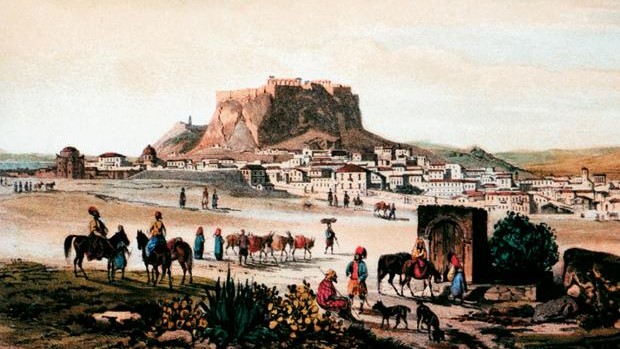After the Fall of Constantinople by the Ottoman Turks on May 29, 1453, Athens came under the rule of the Franks and became a tax subject of the Sultan. The once stately city became the capital of the Duchy of Athens, headed by the young Florentino Francesco Acciaiuoli.
With the approval of Sultan Muhammad II, Francesco’s ambitious mother usurped power until 1455 when Francesco gained the upper hand once again, imprisoned his mother in Megara and later killed her.
Such heinous actions prompted Mohammed II to overthrow the Duchy of Athens. General Turahanoglou Omer Bey moved against Athens and on June 4, 1456, occupied it, except for the Acropolis, which was bravely defended by the young Atzagiolis.

According to historical sources, the people of Athens, who had suffered for two centuries from the political, economic and religious oppression of the Franks, were initially relieved to receive the new tyrant, who promised to provide political and ecclesiastical privileges to the city’s Greek Orthodox population.
However, with the fall of the Acropolis in July 1458, Athens passed into the dark era of Ottoman rule.
One month later, Mohammed II visited Athens for four days. He first received the keys to the city from the abbot of the Monastery of Kaisariani and then, according to the historian Kritovoulos, he went up to the Acropolis, where he admired the ancient monuments and ordered a mosque to be built (this did not go ahead).
Athens was eventually liberated on May 31, 1833, and on September 18, 1834, it was declared the capital of free Greece.
READ MORE: On This Day: The Fall of Constantinople.

